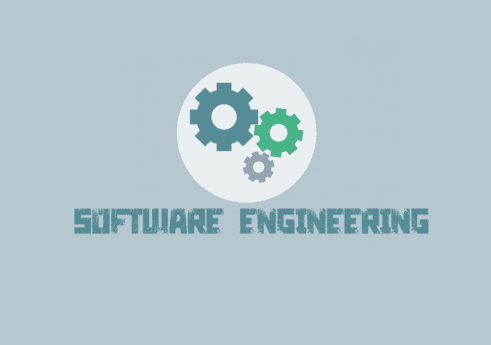Introduction
Software engineering is the process of applying engineering principles to develop good software. Software engineering is a layered technology.
According to Roger S. Pressman’s special book A Practitioner’s Approach, Software engineering is the systematic, disciplined, and quantifiable approach to the development, operation, and maintenance of software. Software engineers are concerned with good software production. Software engineering is the subfield of engineering that combines computer and management science. According to German scientist and professor, Fritz Bauer, Software engineering in his own words. He explained as, “The establishment and use of sound engineering principles to obtain economically software that is reliable and works efficiently on real machines”.
The idea of applying software enginering is to avoid and reduce software crises. In the late 1960s, most of the software failed. Applying a huge budget on software, it becomes difficult for management. The consumer has to pay a huge amount for the maintenance of the software. The reasons why the software fails are the old methods, tools, strategies, etc., applied to software development. Some reasons like an increase in the requirement, complexity, frequent changes, etc. Developing software without a plan puts that product at risk of getting crises. Lack of plans generates problems in reaching consumer demands.

Layered technology in software engineering
Pressman describes the idea of software engineering as a layered technology. The layers include:
- Quality Focus is the core of software engineering. The goal of all efforts should be to produce a high-quality result.
- Process Layer: The structure required for the proper delivery of software engineering technology.
- Methods Layer: Technical methods for developing software, such as analysis, design, and testing.
- The Tools Layer provides automated or semi-automated support for the process and approaches.
Umbrella Activities
Umbrella activities are key jobs that ensure the development process is well-managed, regulated, and adaptive, regardless of the software process model in use. In addition to the core process framework, software engineering includes umbrella activities:
- Project tracking and control
- Risk management
- Quality assurance
- Configuration management
- Technical reviews
- Measurement
- Reusability management
Key Principles of Software Engineering
Pressman outlines several principles that define software engineering:
- Understand the problem before writing the requirements.
- Maintain clear, consistent documentation.
- Design should be traceable to requirements.
- Focus on software quality at every stage.
- Test throughout the development process.
- Keep the process adaptable.
Challenges in Software Engineering
- Managing large teams and complex systems
- Adapting to new technologies
- Ensuring security and privacy
- Handling legacy systems
- Scaling agile practices
Software development methodologies
- Waterfall Model
- Prototype Model
- Incremental model
- Agile Software Development
- Spiral Model
- DSDM (Dynamic System Development Model)
- Extreme Programming Methodology
- Rapid Application Development
- Feature Driven Development
- Lean Development
- Scrum Development
Characteristics of good software
A good software has the following characteristics.
- Correctness: The software should perform all its intended functions as defined in the requirements.
- Reliability: The software should operate without failure under defined conditions.
- Efficiency: Optimal use of system resources (CPU, memory, bandwidth) for better performance.
- Usability: User-friendly interfaces and ease of use for the target audience and satisfied customers.
- Maintainability: Ease with which software can be modified to correct loopholes, improve performance, or adapt to a cross-platform environment.
- Portability: The ability to transfer software from one environment or platform to another with minimal effort.
- Reusability: Components or code can be reused in other applications with little or no modification.
- Scalability: Capability to handle increasing amounts of work or to be enlarged.
- Robustness: Ability to handle unexpected inputs or stressful environmental conditions without crashing.
- Security: Protection against unauthorized access, breaches, and data loss.
- Interoperability: Ability to work with other systems or components.
- Flexibility: Easy to accommodate changes in requirements with minimal impact.


